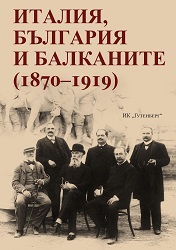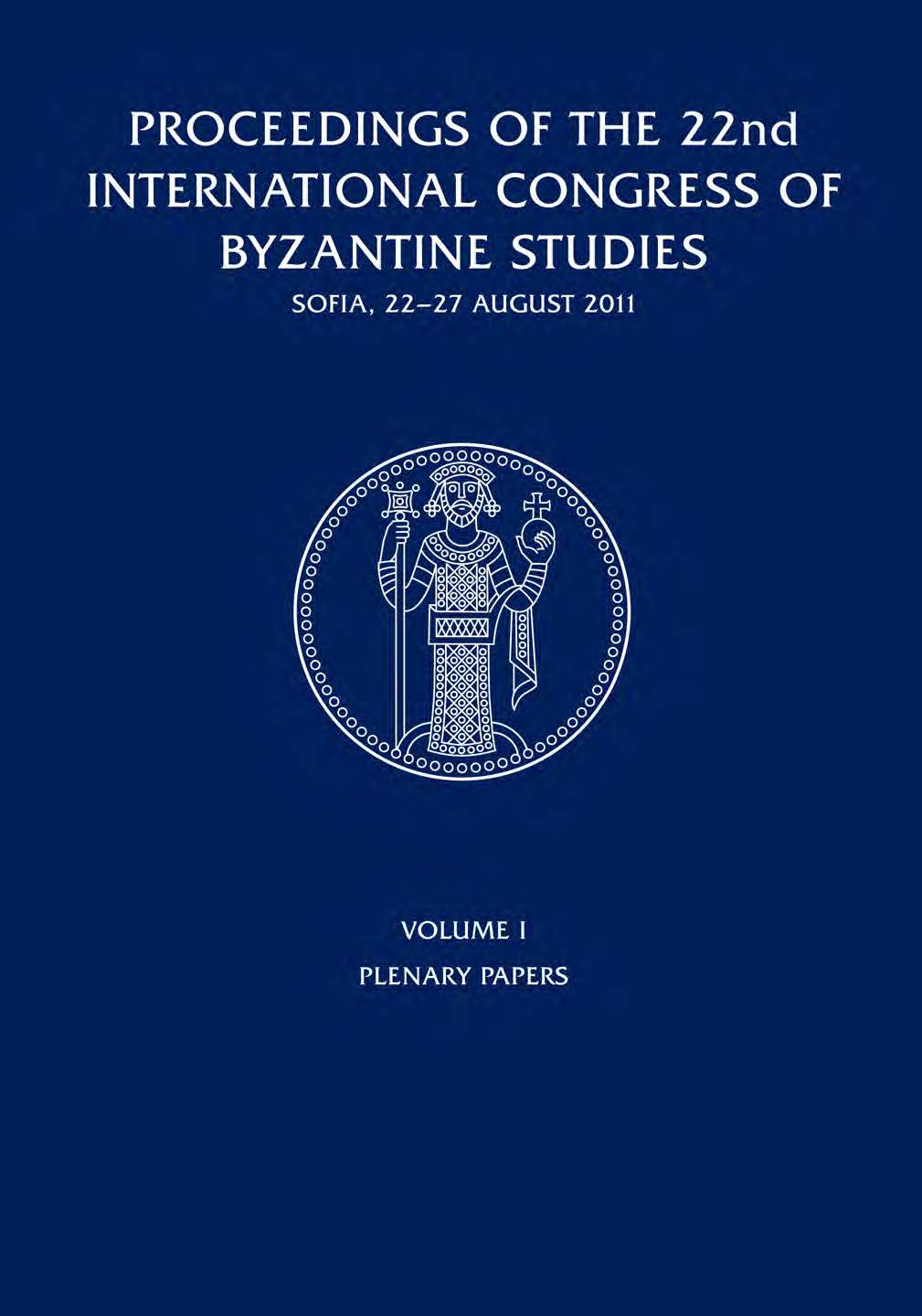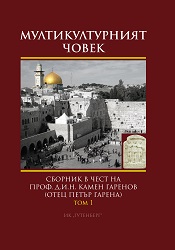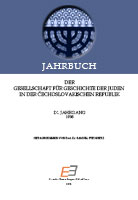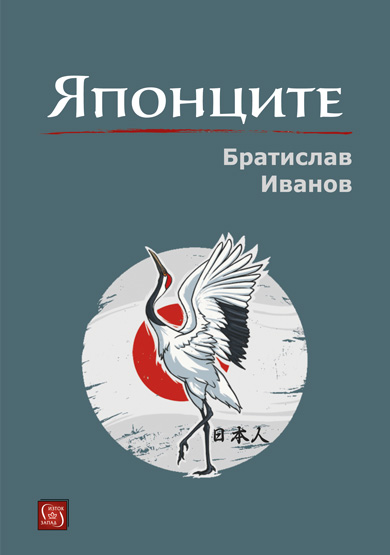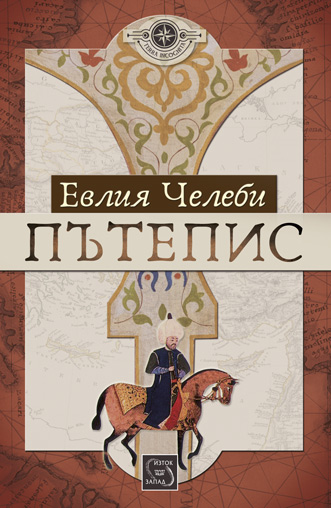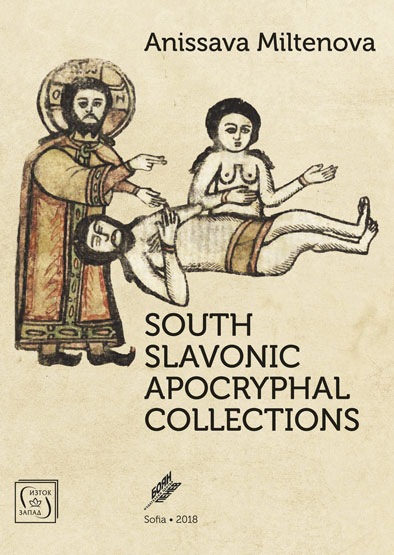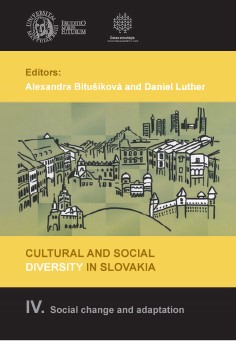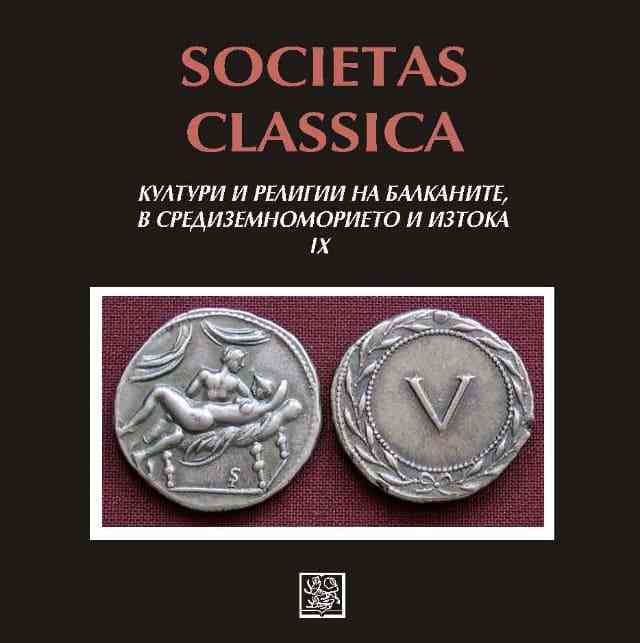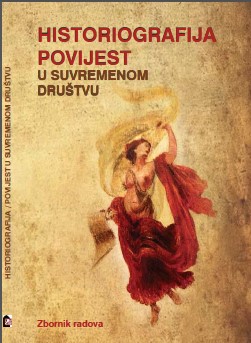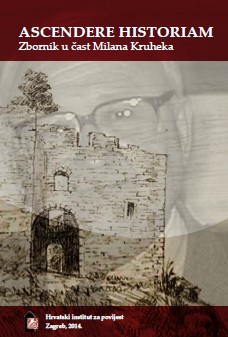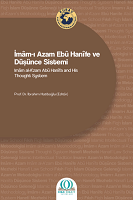Author(s): Marijan Sivrić / Language(s): Croatian
Publication Year: 0
The Evangelisti (earlier Tributinići, sometimes Vangelisti) kindred, by its is origin from Jajce in Bosnia, who after their arrival in Dubrovnik experienced their growth as well as ascend on the social scale just to become the Antunini – the highs strata of the citizens of Dubrovnik. The first member of the kindred was Gradoje Tributinić whose son Bielosav was married to Anđela, the daughter of Evangelista Moro, and was the founder of the family in Dubrovnik. The linage was continued by his son Brailo who married Patronila, the daughter of Luca Bratosalić, in 1443, as well as by Brailo’ son Evangelista, who married Rusa, the daughter of Thomas Alduardi, the official physician of the Republic of Dubrovnik, in 1469. The next generation of the Evangelisti kindred represents Gabriel, son of Evangelista, who married Margarita, the daughter of Benedict Bratosaljić, while his son, Evangelista Jr., who married Francisca Marina, the daughter of Antun Rugia in 1539, was the last member of the Evangelisti kindred who had male offsprings. Namely, his only son Gabriel Jr., who married Iva Mate Stay in 1595, had not any offsprings. After his death as well as the death of his unmarried brothers Marin, John, Damjan and Anthony in the 1620s, the Evangelisti kindred came to an end.
More...
